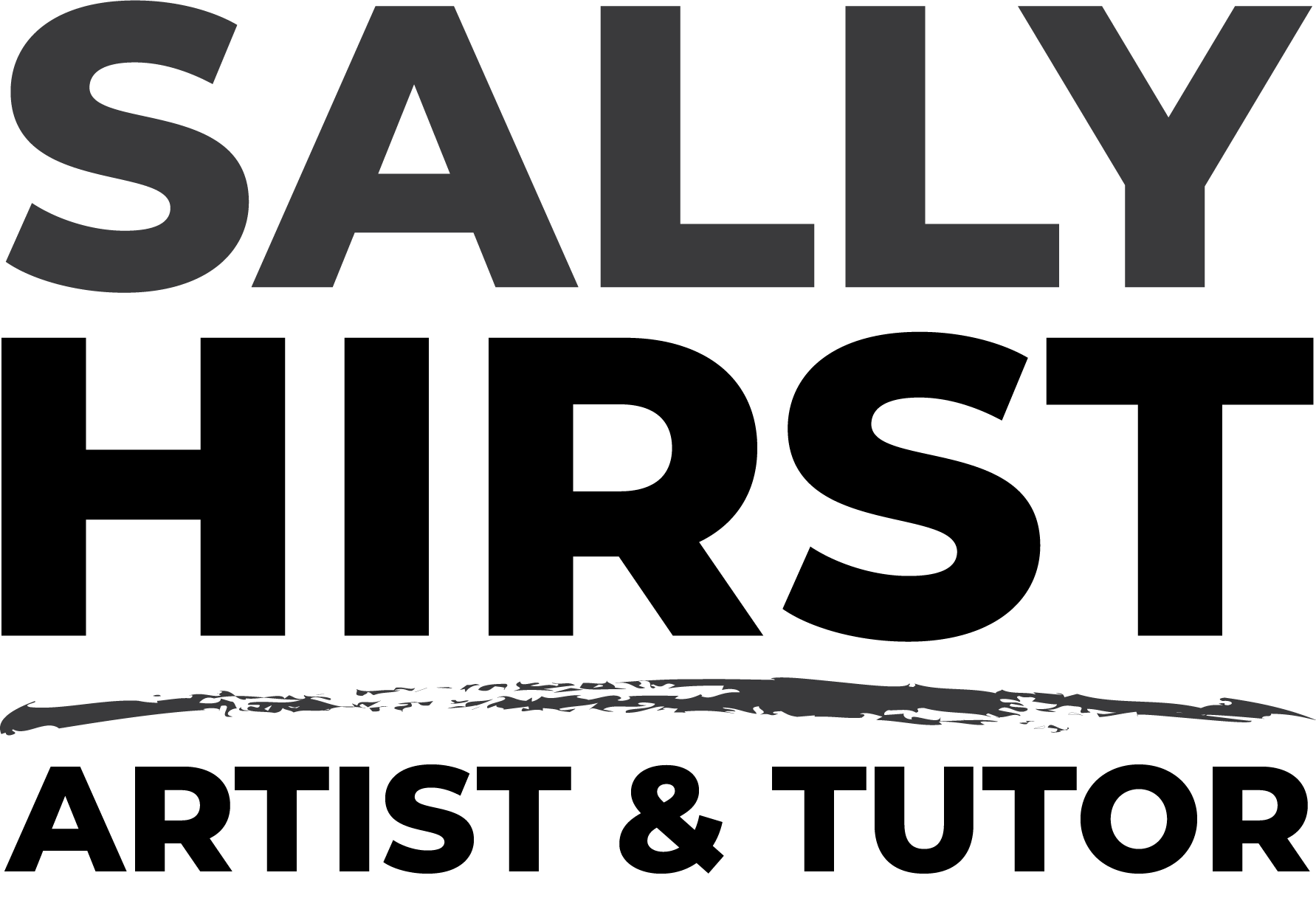
After experimenting with a range of formats and ideas I decided to make a book. I’ve always been interested in books as art and was keen to ‘frame’ my fractures within the format of a book, a journey through.

I went back to the three long plates I had made from the brushes. Initially my idea was to print in thin papers and tear fragments to collage in strips in the inside. But When I had done this I felt they lacked the drama of printing directly in the paper, the blacks were grey…


I decided to print directly on the paper, masking sections with newspaper. Lining up the sections to flow through was difficult but it worked.

While I waited for the ink to dry I drew on acetate and cheaper with ink the intention being using these as ‘windows’ ….looking through, concealing and revealing.


I extended this to ink on duralar, a translucent material …similar to wax.


Whilst considering using the acetate I wanted the rear of the book to be purposeful. I didn’t want cut edges..preferring a torn edge, to defect the torn fragments of the print. I was surprised how easy it was to gear and delighted in the edge it created.


With the papers printed, hung to dry alongside torn acetate my thoughts turned to the book covers. I had considered etching some sheet metal by brushing acid on with one of the brushes but after seeing Les’ books using the wood from the environment it was clear that it had to be something found. The palm leaves from La Herradura provides the perfect solution. I cut off long sections and put them to soak in water for a few hours.

Once fully pliable I glued them and to end on greyboard and weighted them to dry flat. I decided to leave the inked ends as they showed part of the journey. This was the leaf I had used in this video


The final book consisted of three long printed sheets glued together, the printed sections being ‘fragments of the printing plates. I tore ‘windows’ and attached painted acetate behind but when I lay some on topI liked how they lay over the printed sections so some of the acetate went on the front, along with the matt, inked duralar it’s translucency reminiscent of wax. I painted the acetate with Matt medium as I didn’t like the gloss finish. Once fully dry I folded it into a concertina and attached it to the front and back. Finally I heated the remains of the blackened wax and added it to the front and inside on sections of the paper.





Evaluation
I made a lot of discoveries during the course of this project. A number of artists I had not come across before really helped move my own ideas forward, specifically Lorna Crane and Stuart Cairns. In addition theorists such as Lucy Mwillard and Tim Ingold enables me to explore the context of my work in greater depth. On a practical level the brush making and developments with printmaking enable me to create an authentic pidce, true to both materials and concept.
My level of experimentation and the freedom I allowed myself to explore went well. I impressed myself with the quantity and diversity of what I made, breaking new ground with photocopier in particular.
Not everything went well. Before I decided on the final fractured/masked print I made a book insert using collage papers torn into strips, but they lacked the dramatic contrast of the printed papers so I abandoned them. The idea of ‘windows’ worked on the trial piece but didn’t translate to the final outcome. Finally whilst the wax on the cover is effective it is less so on the jnside. It is unnecessary and competes visually with the print areas rather than enhancing them
My thinking process has improved dramatically, there is more intention without a loss of intuitive energy. My making skills are more honed and thought out. I made good use of the resources I had available to me. I ensured that except the ink, glue and paper the resources were site specific.
I took number of risks, but I am concerned that the final outcome lacks the energy of the experiments. When problems arose I worked through them until they were resolved.
Areas to improve are keeping up with reading, blogging about what I have read. I adorned to work with a better focus…tidier!
How will you use what you have learnt in the future?

SF : )
It’s the sheer volume of work that I wonder at, almost as if you are concerned not to be idle, not to allow yourself the space to question the direction/flow. Amazed.
Idleness????? Puts me in a sweat just typing it!! But yes, oh wise one..you are right. It’s complicated, a ‘tricky’ childhood has resulted in work being ‘home’ for me, a safe secure place to be. The opposite is difficult, but I’d like to explore it at least as a concept even if I can’t achieve it?. However I constantly question, and have an internal dialogue that keeps me awake through many a night….
EAN